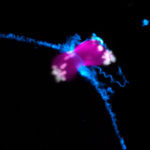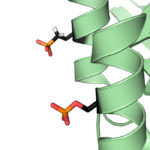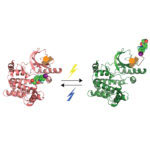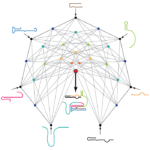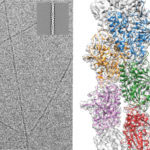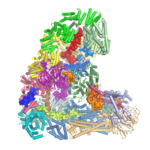
The anaphase-promoting complex (APC/C) is an unusually large multi-subunit complex that has a key role in cell division, controlling chromosome segregation and the cell cycle. Using electron cryo-microscopy (cryo-EM), David Barford and his group in the LMB’s Structural Studies Division have solved the first atomic structure of the APC/C, revealing its molecular architecture in unprecedented detail.
When cells divide they go through a series of phases known as the cell cycle.
